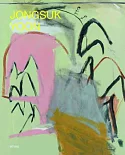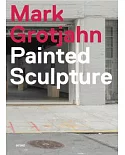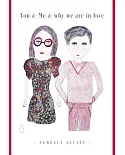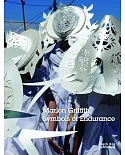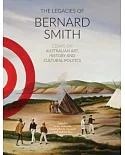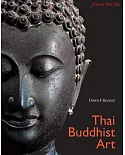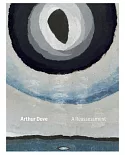Feminist historians of science and philosophy have shown that during the Italian Renaissance, the profound shift in the concept of nature-from an organic worldview to the scientific-was
assisted by the gender metaphor that defined nature as female. In this provocative and groundbreaking book, Mary D. Garrard extends this analysis to the history of art and proposes that the
larger shift was both anticipated and mediated by the visual arts. In case studies of such major figures as Brunelleschi, Masaccio, Botticelli, Leonardo da Vinci, Michelangelo, Pontormo,
Giorgione, and Titian, Garrard examines the changing relationship of art and nature in the Renaissance, and shows how they were cast by artists and theorists as gendered competitors in a
steadily escalating rhetoric. She differentiates the masculinist Florentine model, in which male artists claimed to rival and defeat female nature, from the Venetian, in which art and nature
are more often seen as collaborative partners. Giving new weight to the latter model, Garrard brings a feminist corrective to Renaissance art histories, offering an innovative counter-narrative
in which the suppressed feminine is given its voice.





